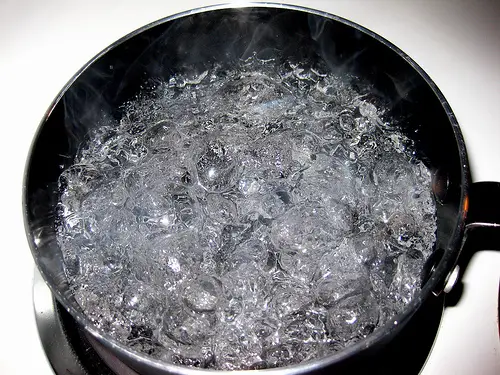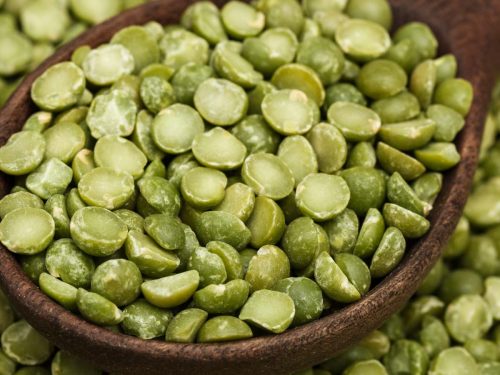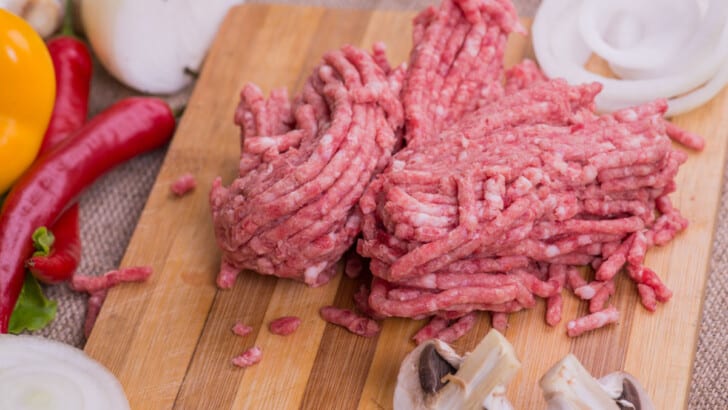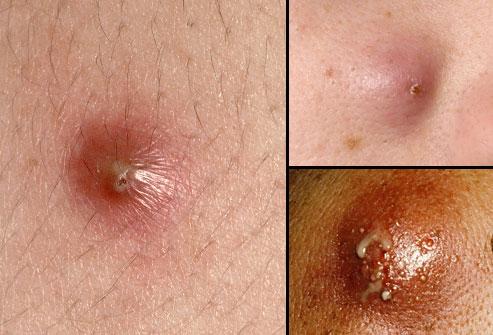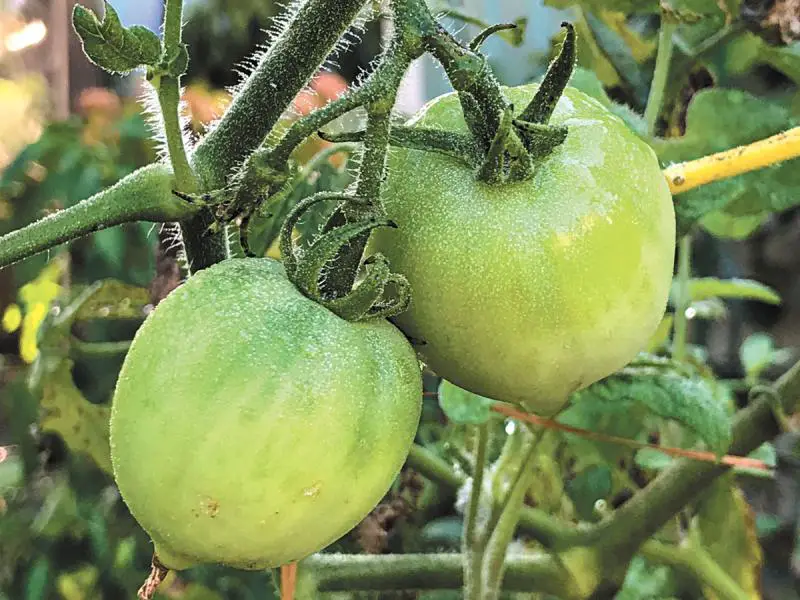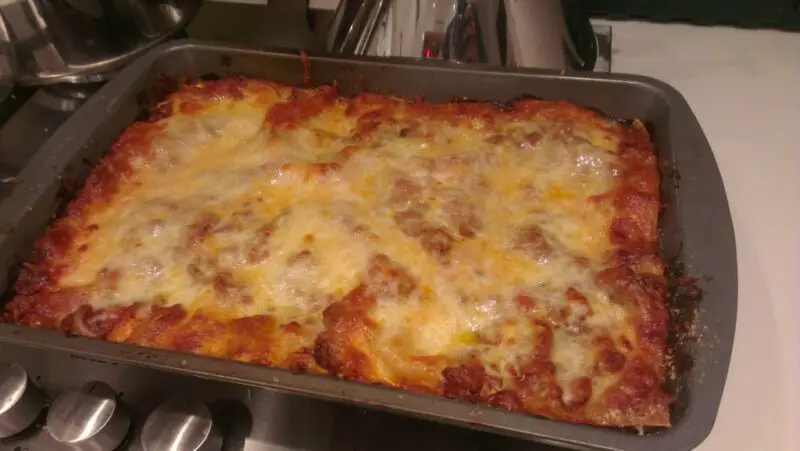How Long Does it Take for Boiling Water to Cool to Room Temperature?
Boiling water is a staple in any kitchen – we use it for cooking, making tea or coffee, and even cleaning. However, after boiling water, many people pour it into a cup or bowl and immediately try to drink it or use it for cooking, not realizing that the temperature of the water can still be dangerously hot. This raises the question – how long does it take for boiling water to cool down to room temperature?
In this article, we will explore the factors that affect cooling time, the different methods of heat transfer, how to calculate cooling time using Newton’s law of cooling, experiments conducted on cooling time, common myths about cooling time, and practical applications of this concept.
Factors that Affect Cooling Time
The time it takes for boiling water to cool down is affected by various factors:
- Conductivity and specific heat of container material: The type of material used for the container affects how quickly heat flows out of the water. For example, metals are more conductive than plastics or glass.
- Volume and shape of container: Large volumes take longer to cool down than smaller volumes. The shape of the container also matters since long and narrow shapes lose heat slower than broad and flat shapes.
- Ambient temperature and humidity: Higher ambient temperatures result in slower cooling times since there is less temperature difference between the water and its surroundings. Higher relative humidity slows down evaporation, which contributes to cooling down.
Understanding Heat Transfer
In order to understand how boiling water cools down, we first need to understand what heat transfer is. Heat transfer is the movement of heat energy from one medium to another, or from one location to another in the same medium. There are three main types of heat transfer:
Conduction
Conduction is the transfer of heat energy through a solid object. This happens when you touch a hot pan and feel the heat coming off it. A common way of speeding up the cooling process is to use containers that have high thermal conductivity so that heat can disperse quicker.
Convection
Convection is the transfer of heat energy through a fluid such as air or water. This happens when you have a hot object in contact with some air. The hot air rises, and cooler air takes its place, moving heat away from the hot object and into the surrounding fluids.
Radiation
Radiation is the transfer of heat energy through electromagnetic waves, such as visible light or infrared radiation. This type of heating is responsible for the warmth you feel when standing next to a fire.
Calculating Cooling Time
Newton’s law of cooling tells us that the rate at which an object cools down depends on the temperature difference between itself and its surroundings:
Rate of cooling=k*(T-TS)
Where:
- k: constant, related to materials involved, which shows how quickly it will cool depending on those materials
- T: temperature of liquid/water at time ‘t’ (usually in Celsius)
- TS: Temperature Surrondings (usually room temperature or any temperature taken outside source)
This means that as temperature differences decrease, cooling rates also decrease. The proportionality constant k depends on the materials involved and constants such as the area of the container and its weight. By knowing the temperature of the water at any given time, the ambient temperature, and a reasonable estimate of the value of k for your container, you can use this equation to calculate how long it takes for boiling water to cool down to room temperature.
Experiments on Cooling Time
To test how long it takes for boiling water to cool to room temperature, several experiments were conducted using different container materials and volumes, varying ambient temperatures and humidity levels.
The results showed that containers made of metal tend to cool faster than those made of glass or plastic. Similarly, tall and narrow containers lose heat slower than wide and flat ones. Ambient temperature and humidity also played a role in cooling times, with lower ambient temperatures resulting in faster cooling times.
Common Myths About Cooling Time
There are several myths about how to speed up cooling time:
Myth 1: Placing the Container in Freezing Temperature Will Cool Water Faster
This is not true. Putting a hot container outside in freezing temperatures does not speed up the cooling process since heat transfer still occurs through conduction, convection, and radiation between the water and surroundings.
Myth 2: Adding Salt/Ice Cubes Will Cool Water Faster
This is also false. Salt or ice cube does not cool water faster; rather it makes freezing-point depression that alters water’s temperature for a particular period up until they themselves dissolve or melt.
Practical Applications of Cooling Time
One practical application of understanding cooling time is in the culinary arts industry. When cooking with hot liquids such as soups and stews, it may be necessary to cool them down quickly before putting them in the refrigerator to avoid the growth of bacteria. By understanding how long it takes for hot liquids to cool down, chefs can ensure food safety.
Another application is in the brewing industry. The temperature of beer during the brewing process must be closely monitored to ensure consistent quality and flavor. Understanding how cooling occurs can help brewers maintain optimal temperatures for their beer.
Conclusion
In conclusion, the time it takes for boiling water to cool down depends on various factors such as container material, volume, shape, ambient temperature, and humidity. Through understanding heat transfer methods (conduction, convection, and radiation), we can determine how quickly water will cool down and calculate cooling times using Newton’s law of cooling.
It is crucial to dispel common myths about cooling time so that we have a clear understanding of how to safely cool down boiling water or any other hot liquid. Finally, there are many practical applications of understanding cooling times in industries like culinary arts and brewing, where temperature control is vital to maintaining product quality.
Frequently Asked Questions
#### How does the temperature of the room affect the cooling time of boiling water?
The temperature of the room has a significant impact on how long it takes for boiling water to cool down to room temperature. In a colder environment, such as an air-conditioned room, the boiling water will reach room temperature faster than it would in a warmer room. However, this effect is minor and typically only shaves off a few minutes in total cooling time.
#### Can different types of containers affect how long it takes for boiling water to cool down?
Yes, the type of container you use to hold your boiling water can impact its cooling time. For example, thick-walled containers made of glass or metal can insulate the hot water, slowing down its cooling rate. On the other hand, thinner materials like plastic or ceramic will cause the water to cool down faster.
#### Is there a difference in cooling times if you let boiling water cool naturally vs. placing it in the refrigerator?
There is indeed a difference between letting boiling water cool naturally versus putting it into the fridge. Naturally cooling water can take anywhere from 30 minutes to an hour and a half, depending on various factors like volume and ambient temperature. By contrast, placing freshly boiled water into the fridge can bring it down to room temperature much more quickly, usually within 20-30 minutes.
#### How long does it take for boiled water to reach a safe drinking temperature after it has cooled to room temp?
After boiled water has cooled down to room temperature, it is not safe for immediate consumption and needs to be heated again before drinking. It should be heated until it reaches a rolling boil (100 degrees Celsius) before consuming because this will effectively eliminate any harmful bacteria that may have grown during storage. This process can take anywhere from 2-5 minutes depending on how much water you need to boil.
